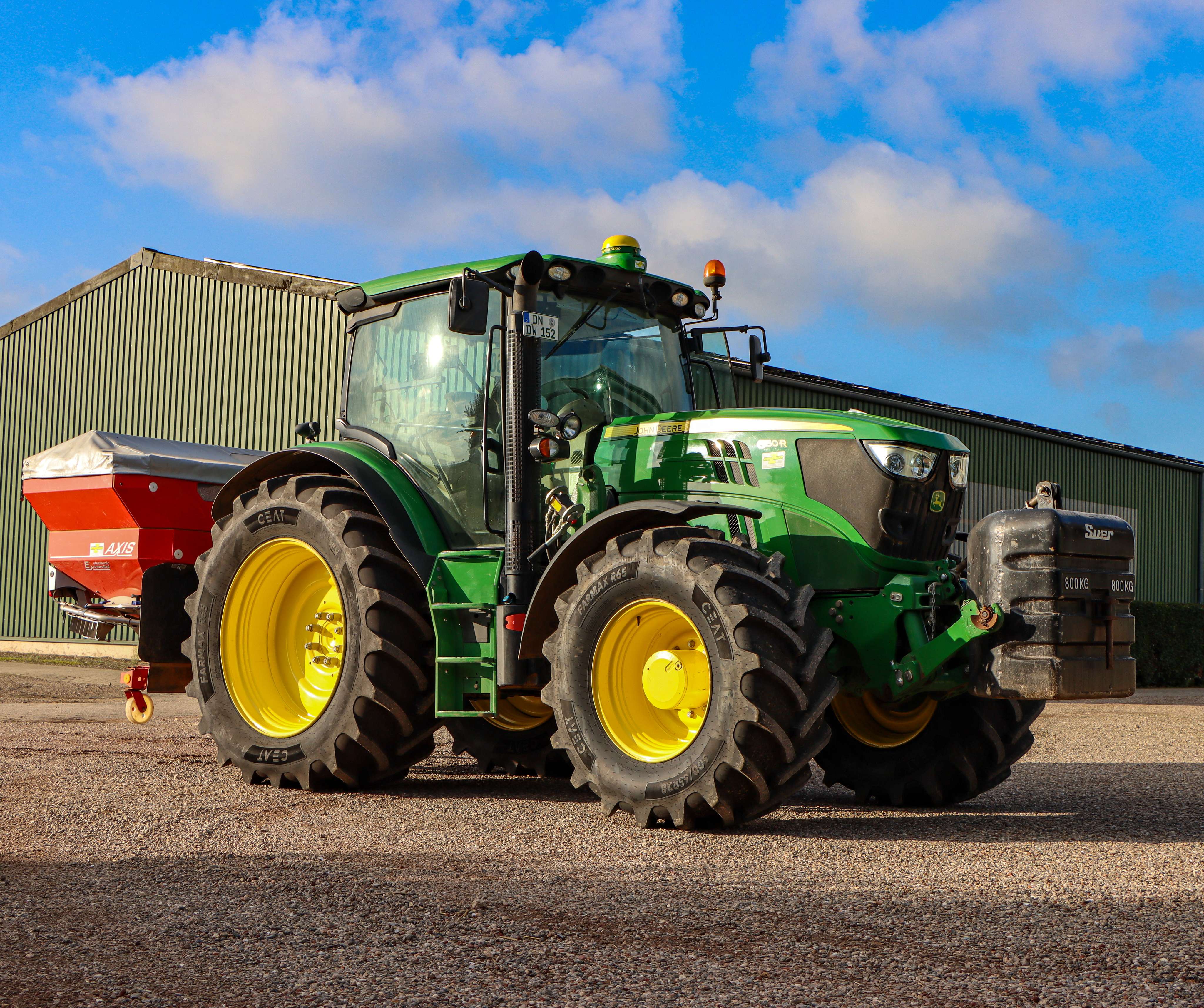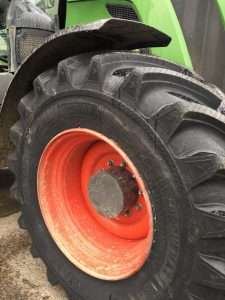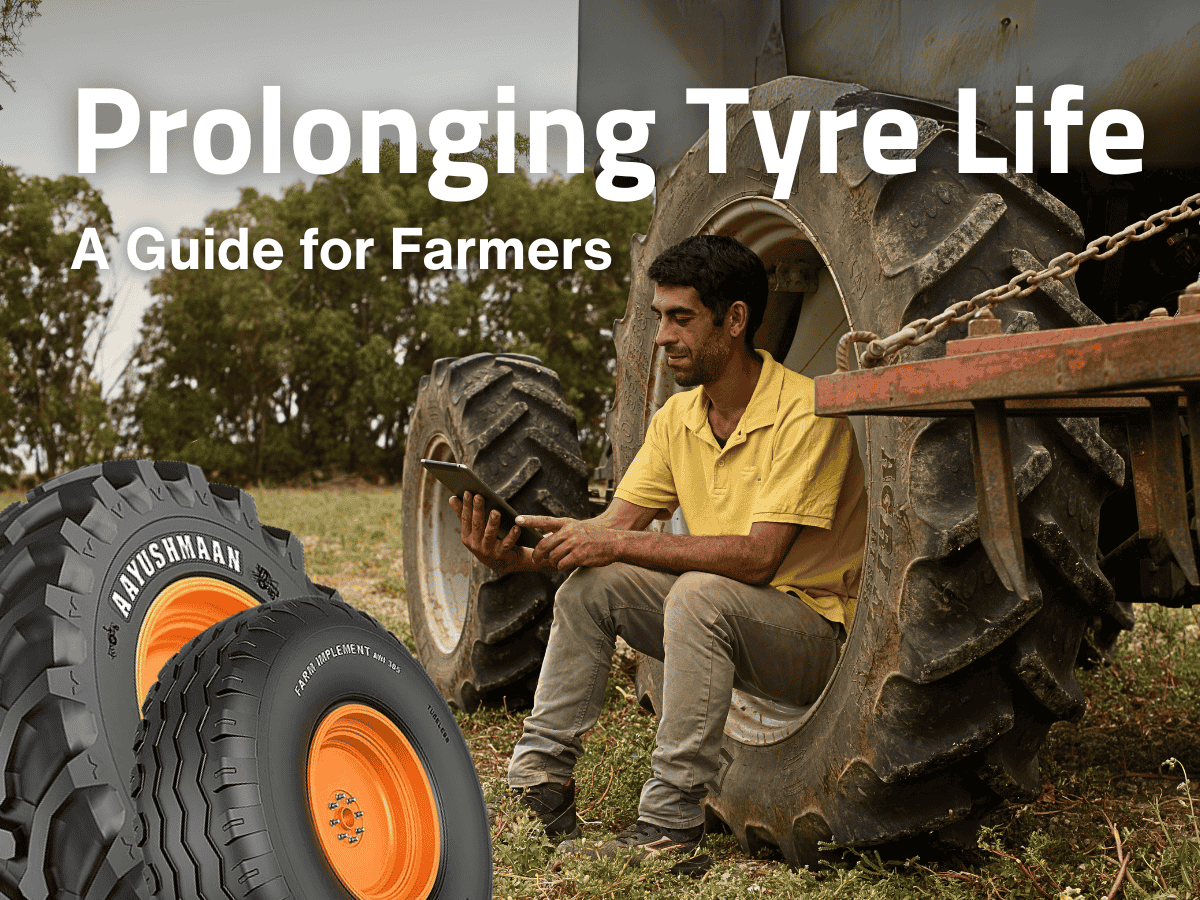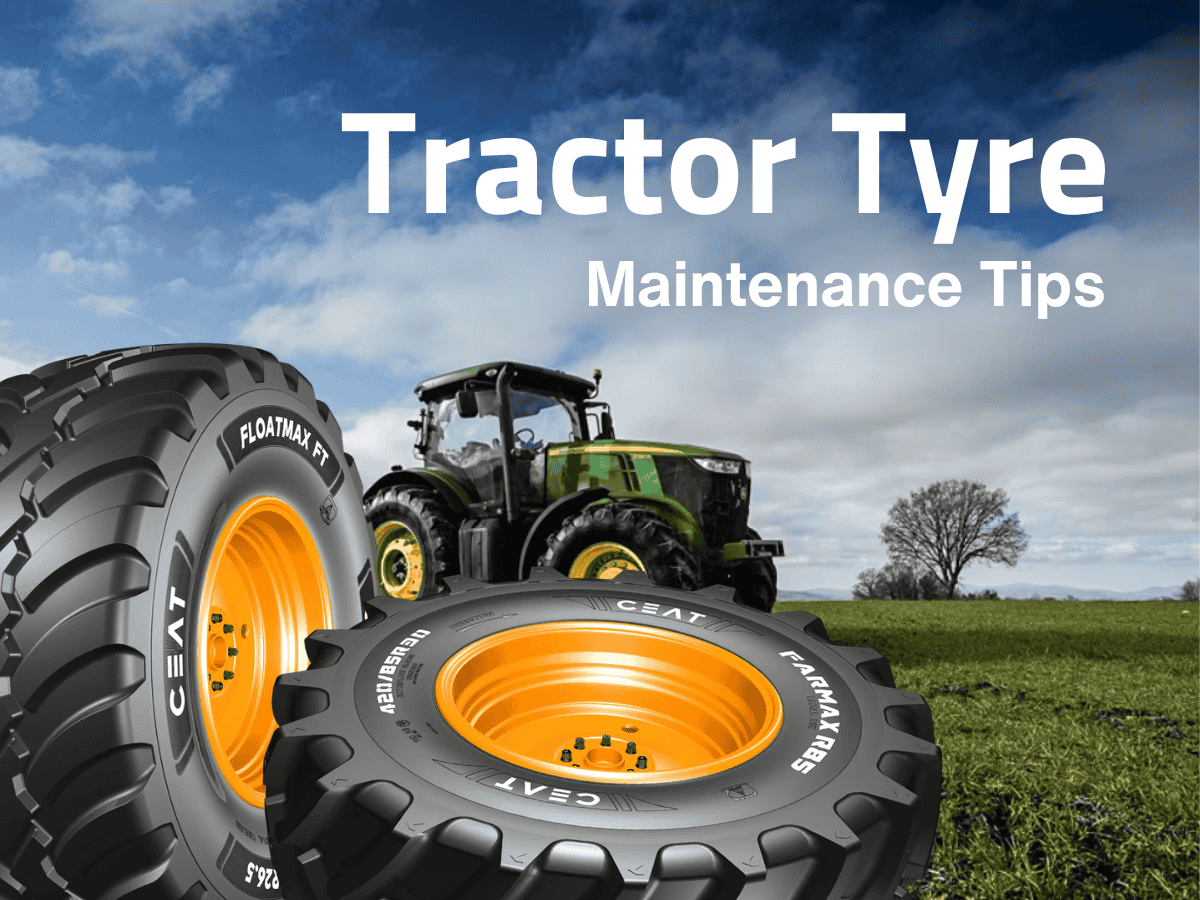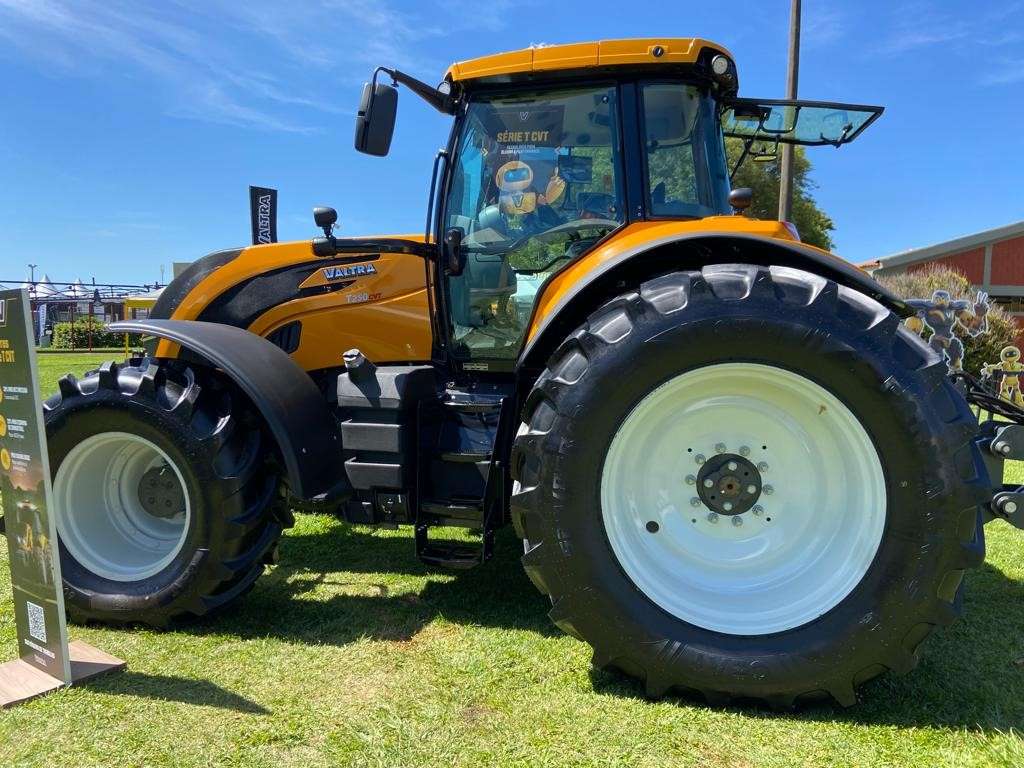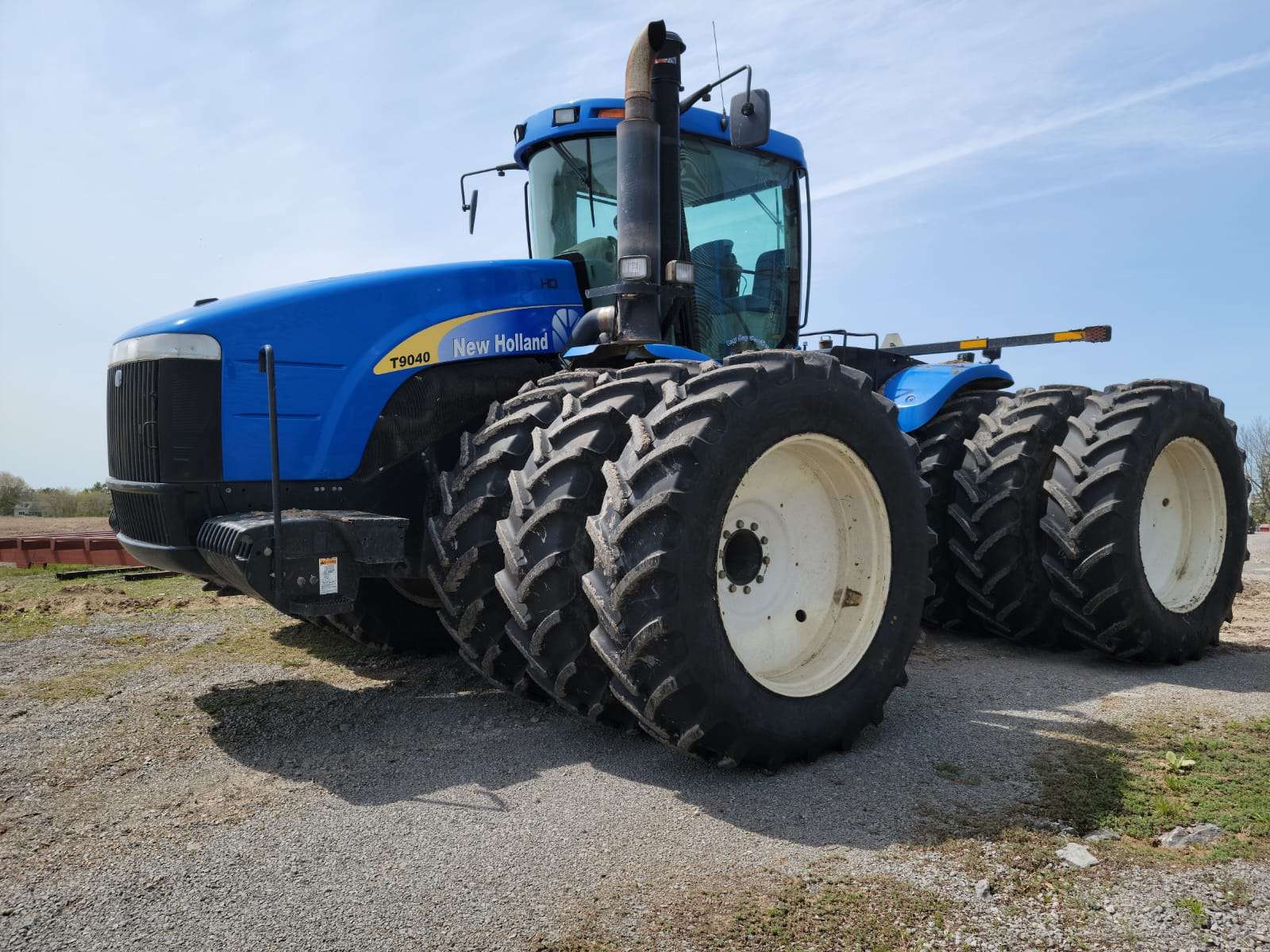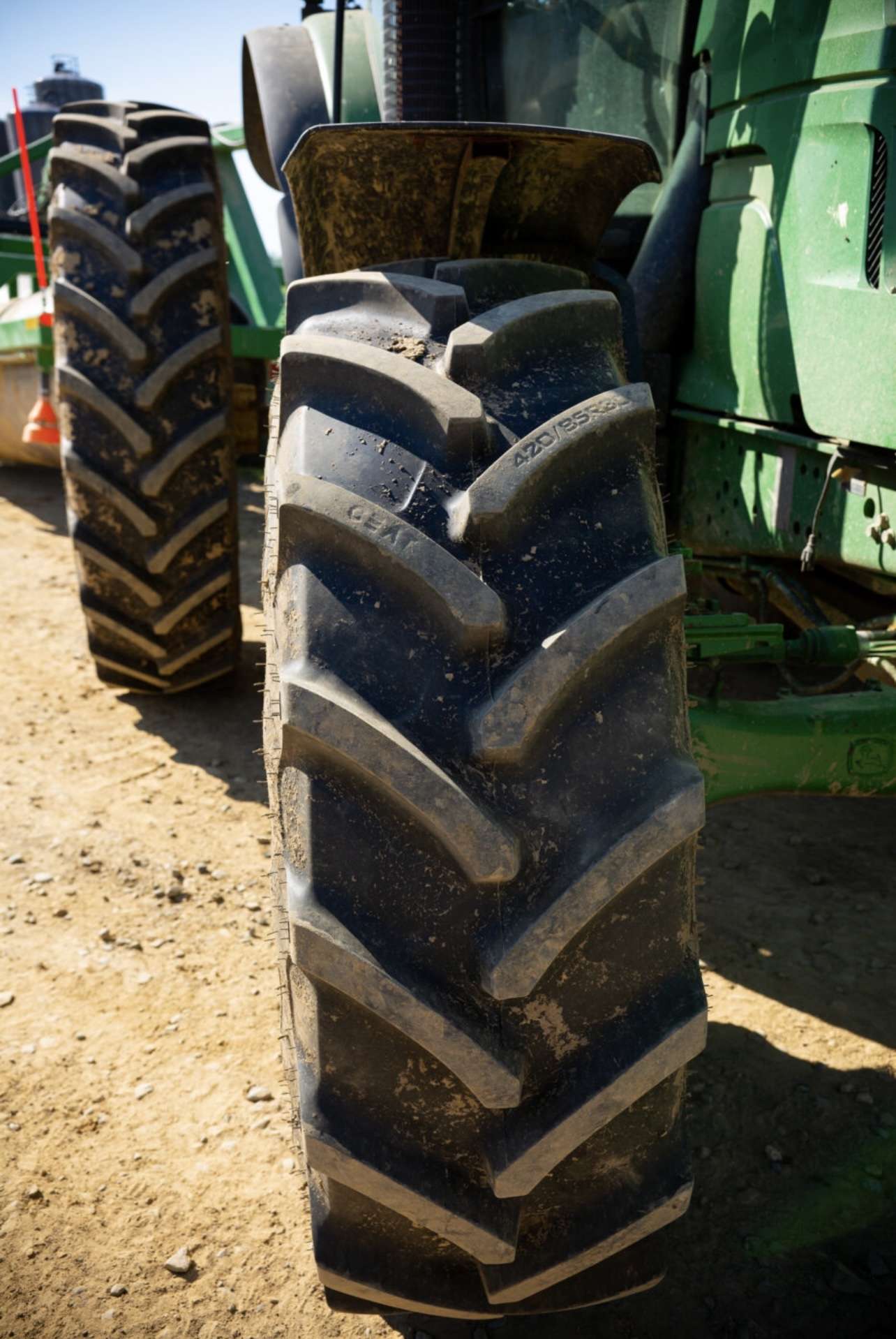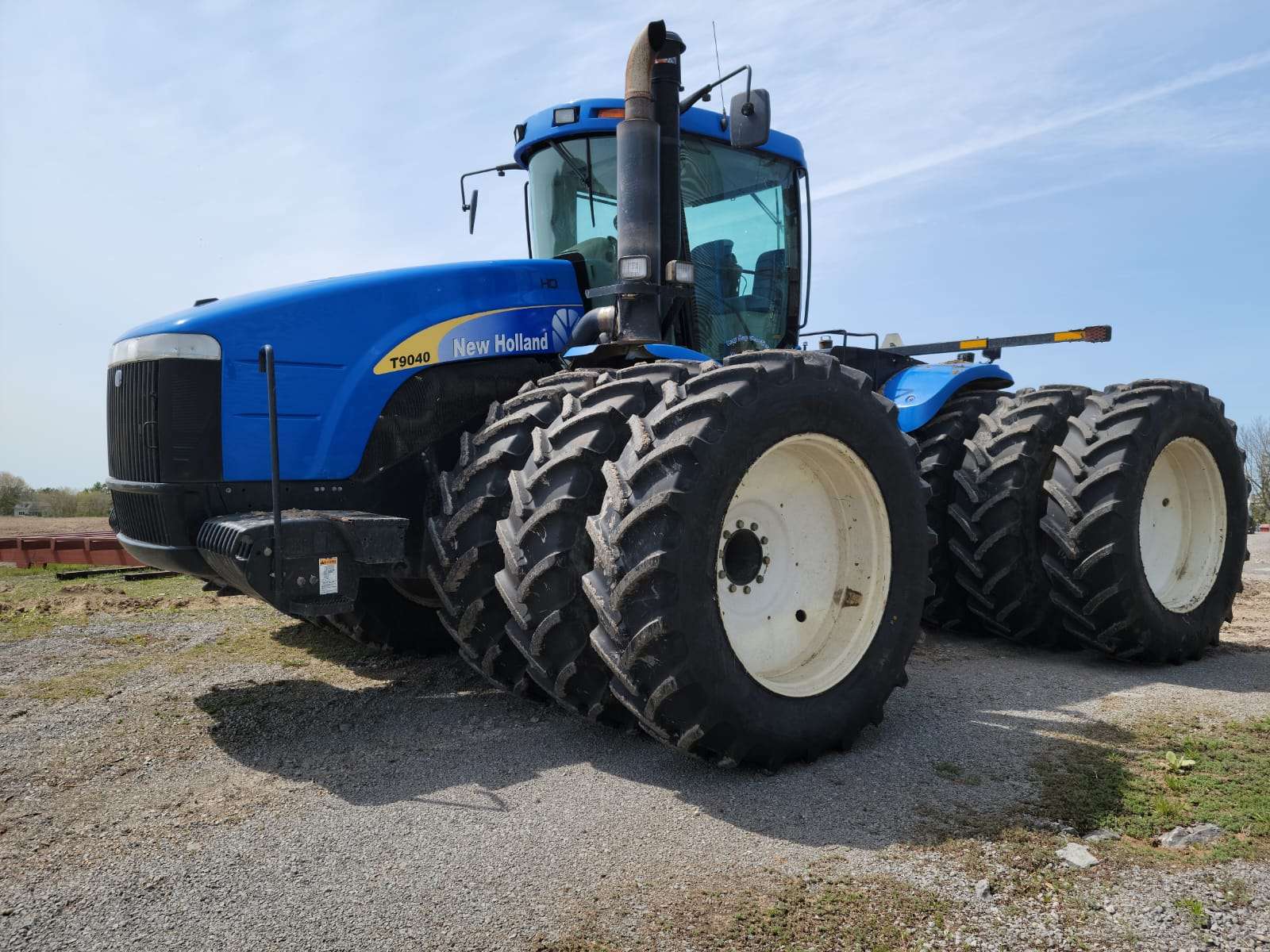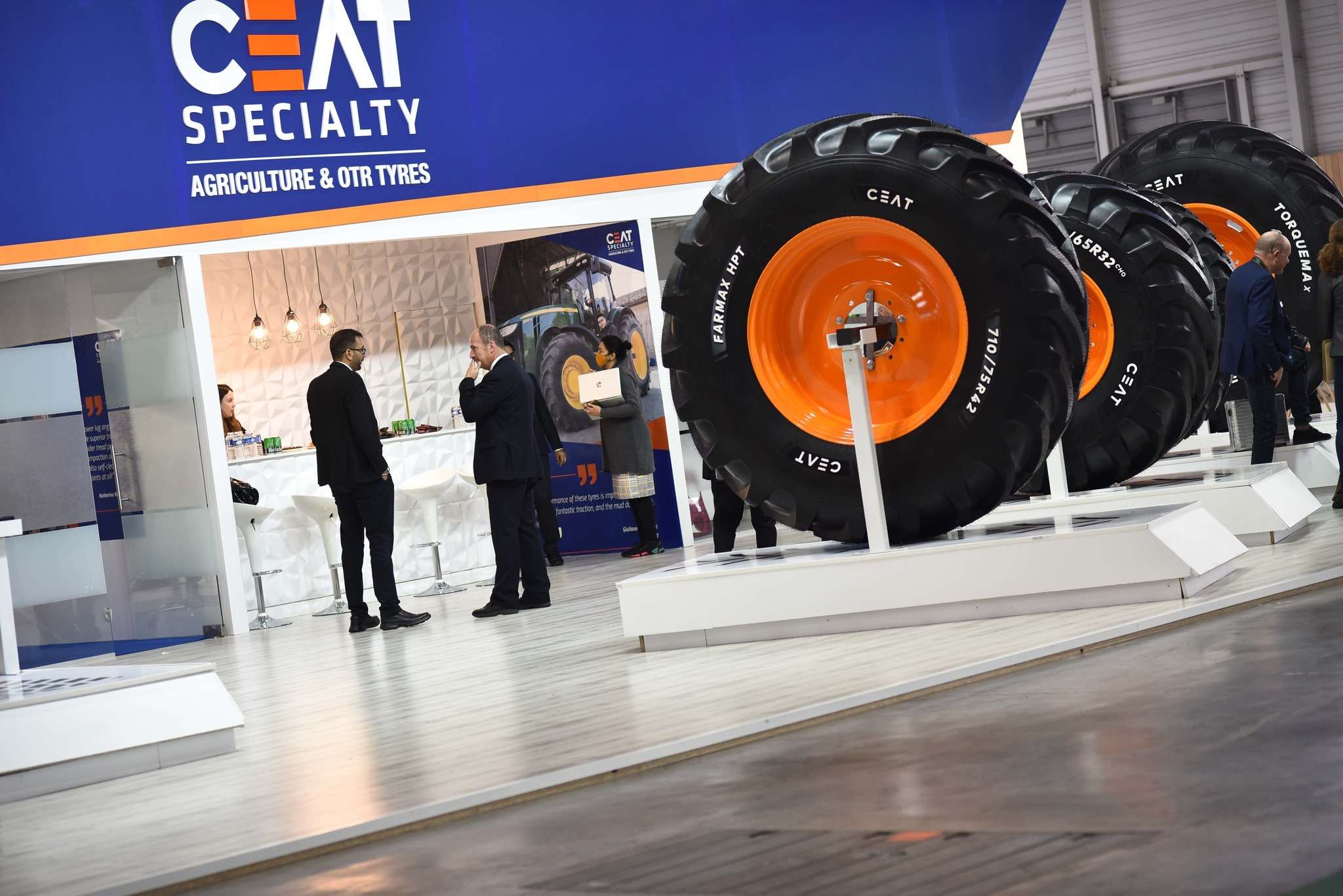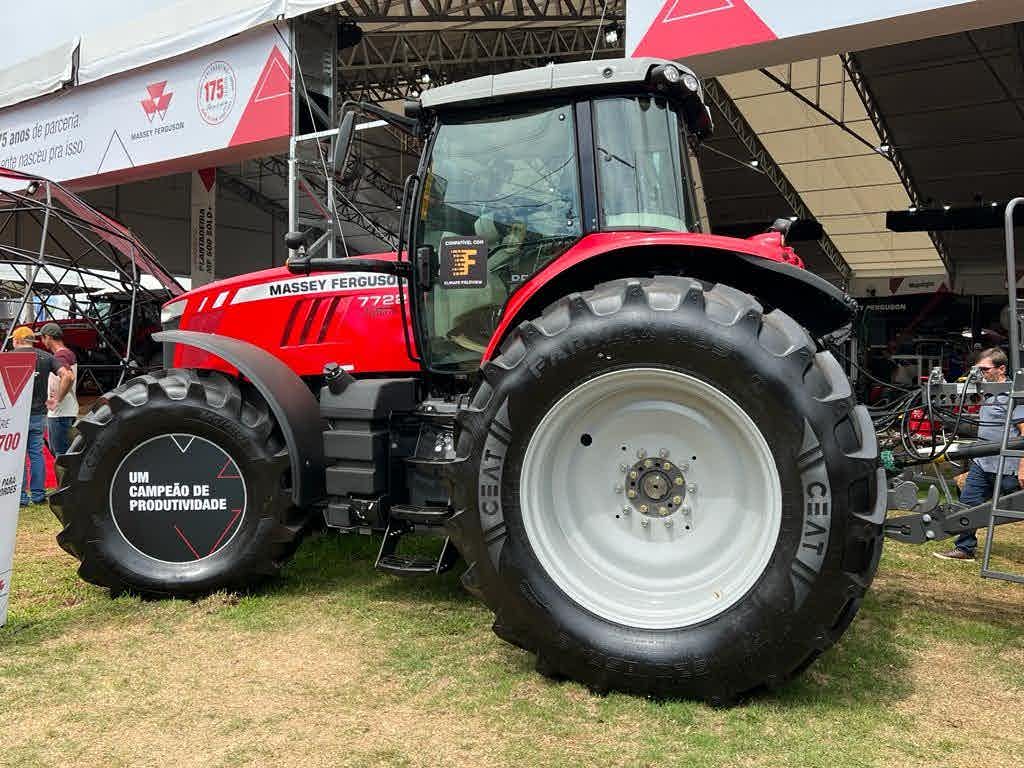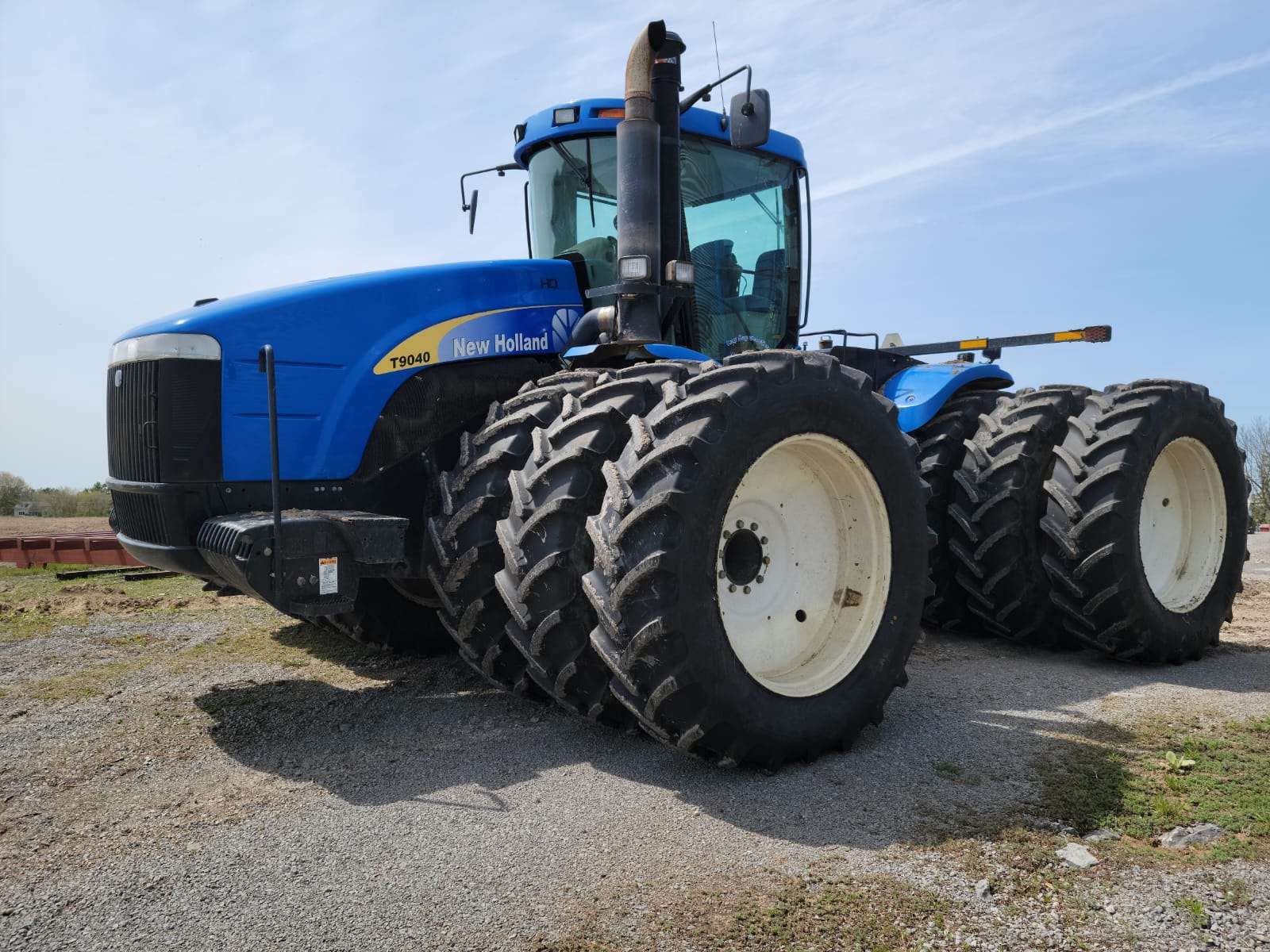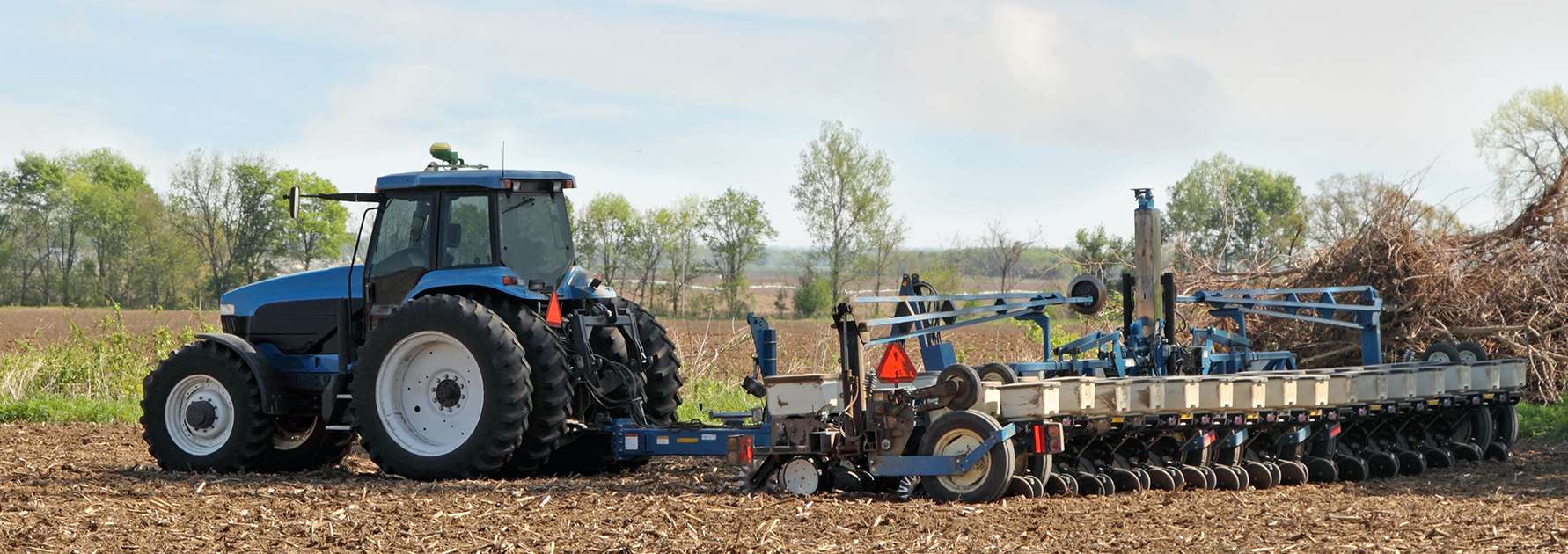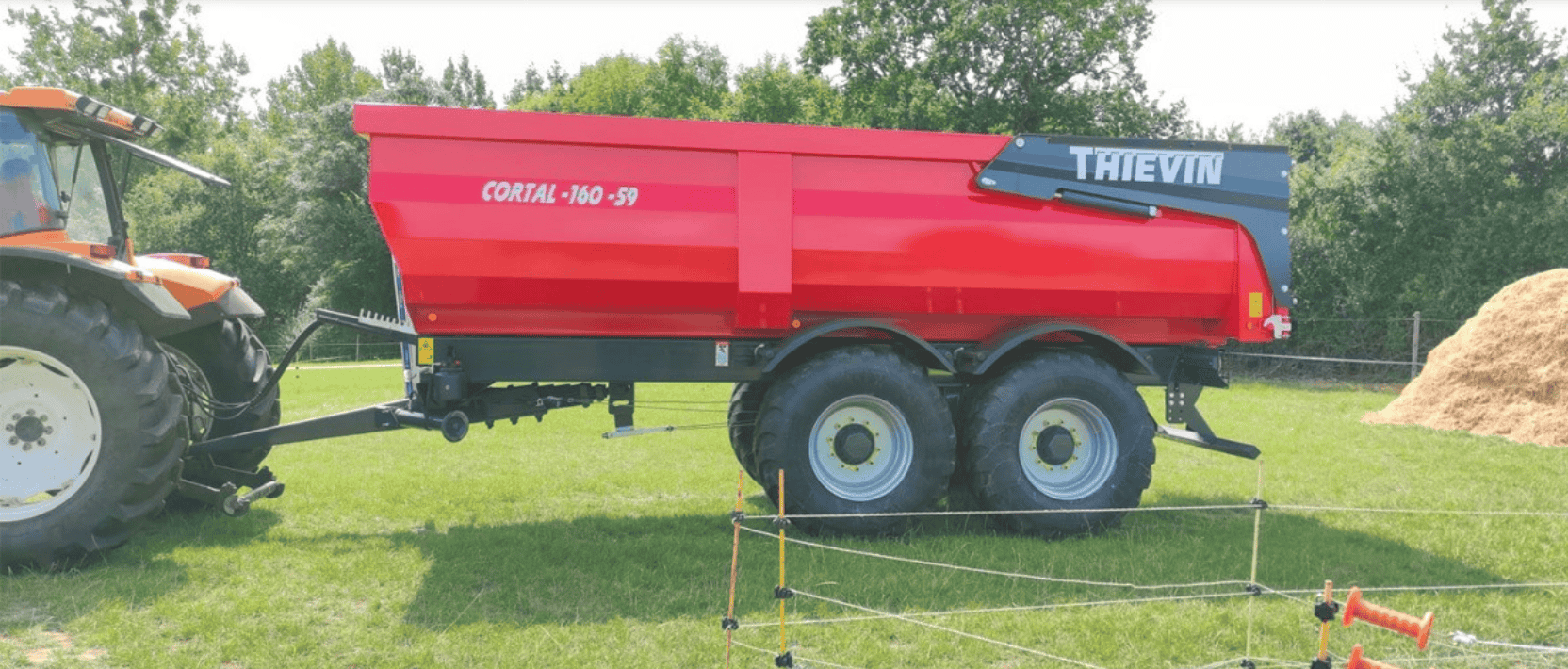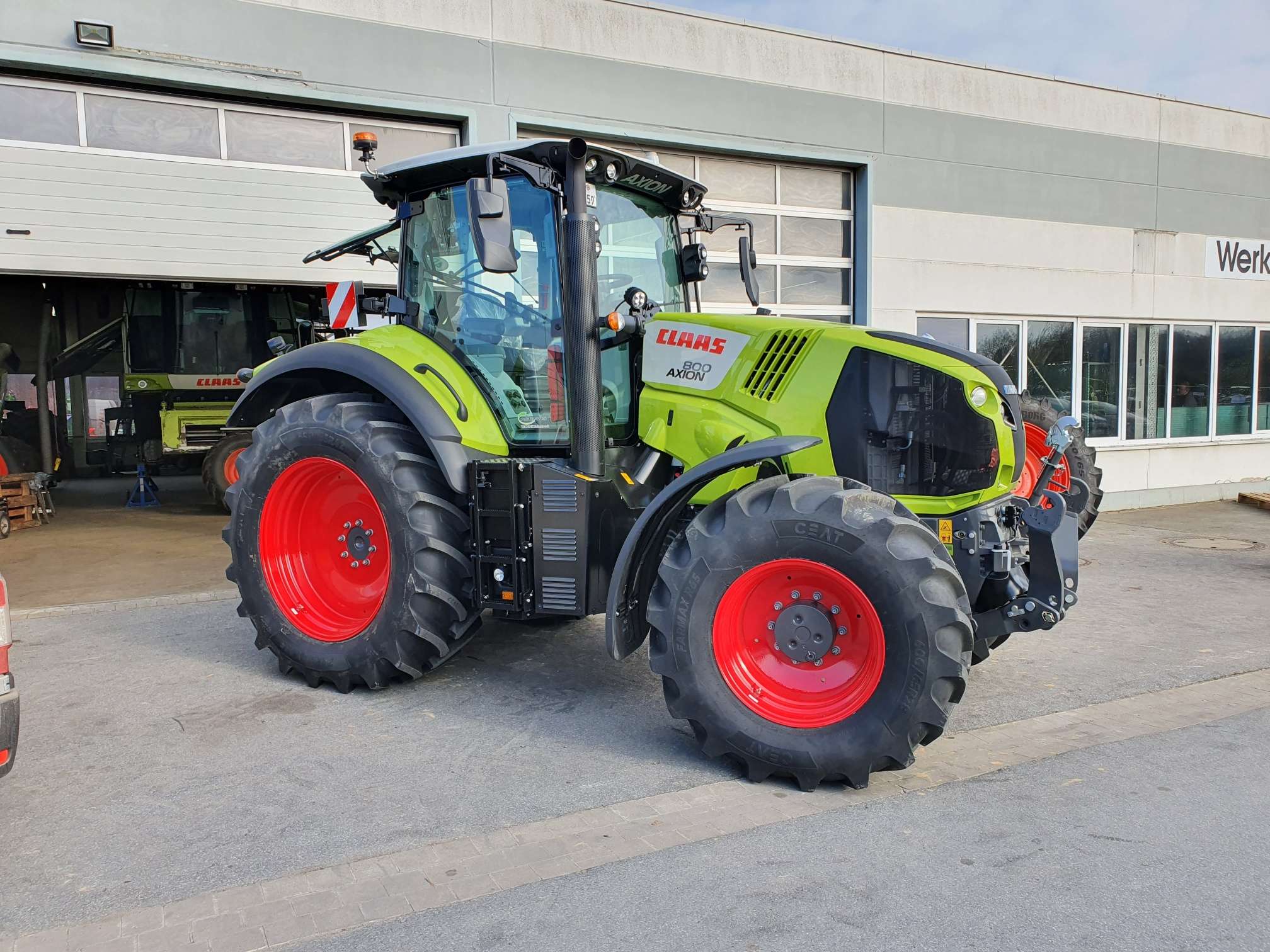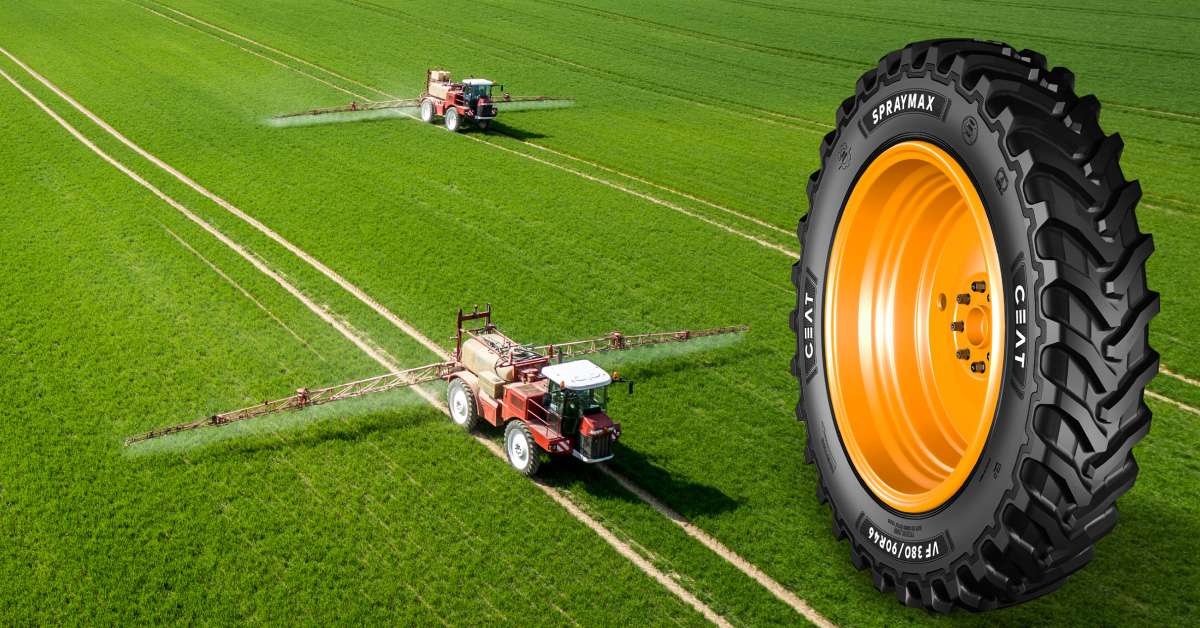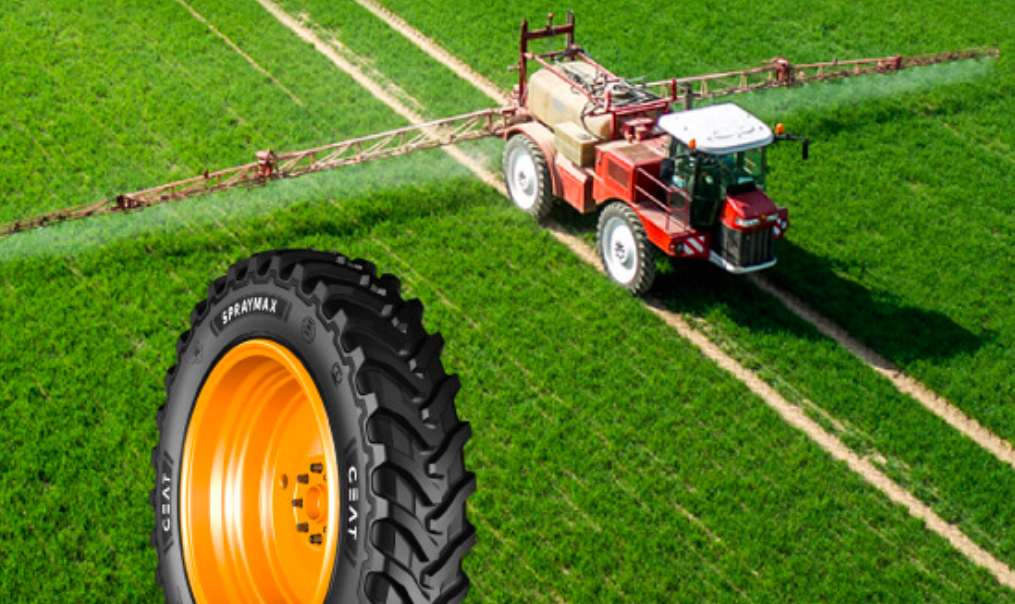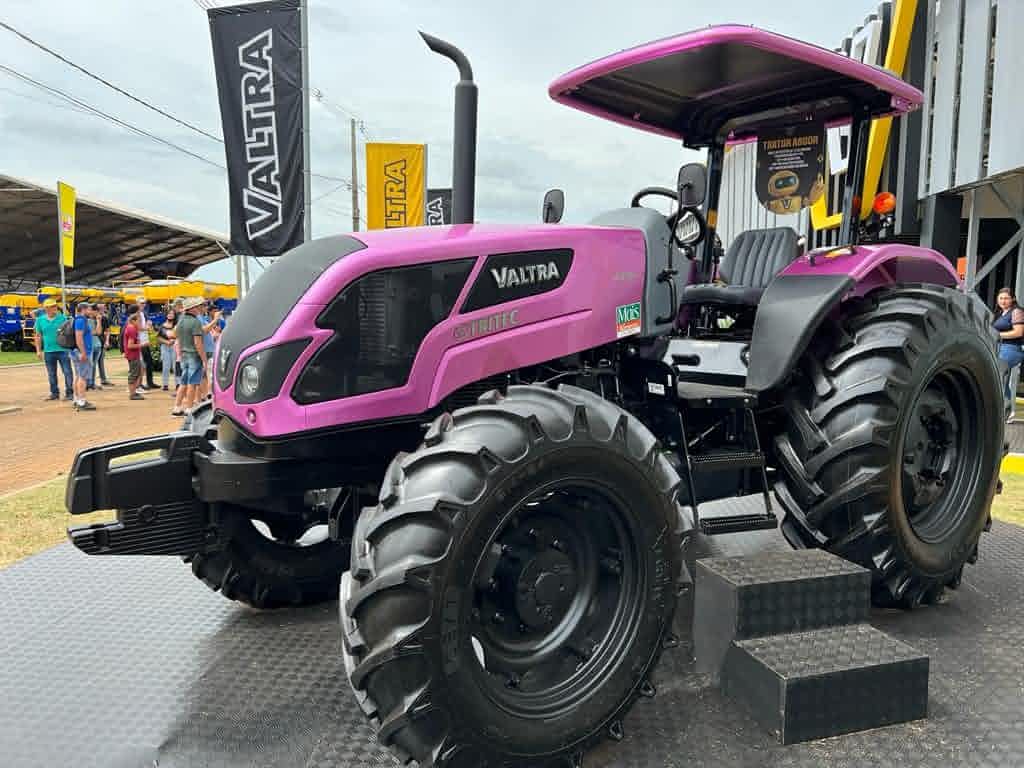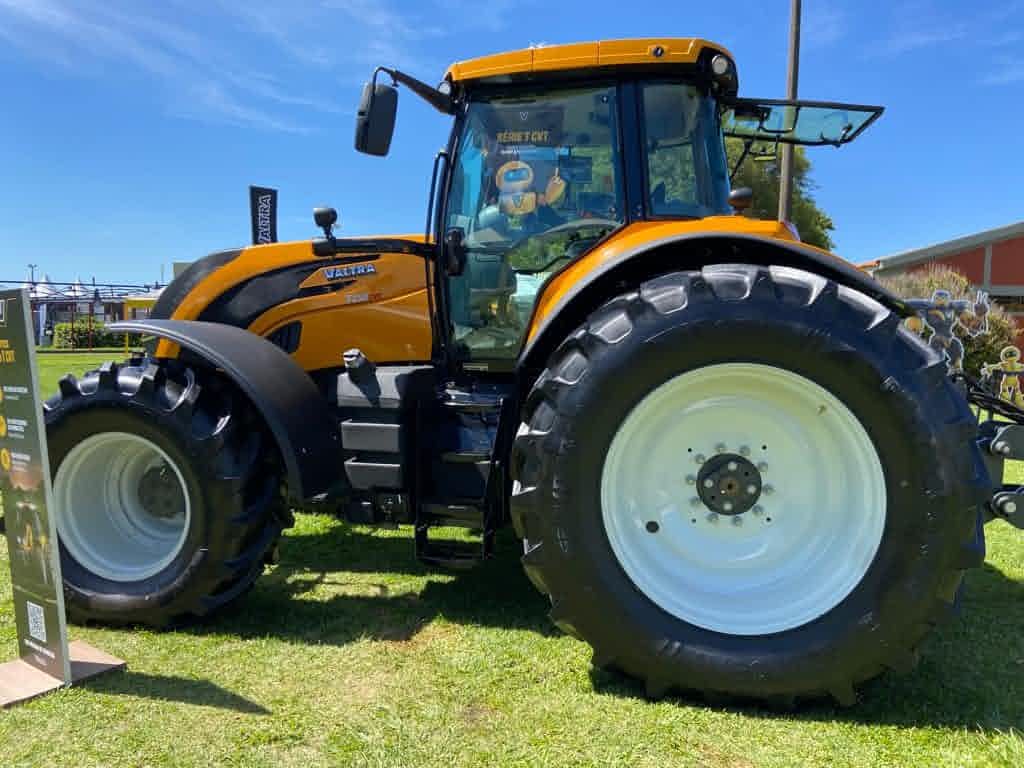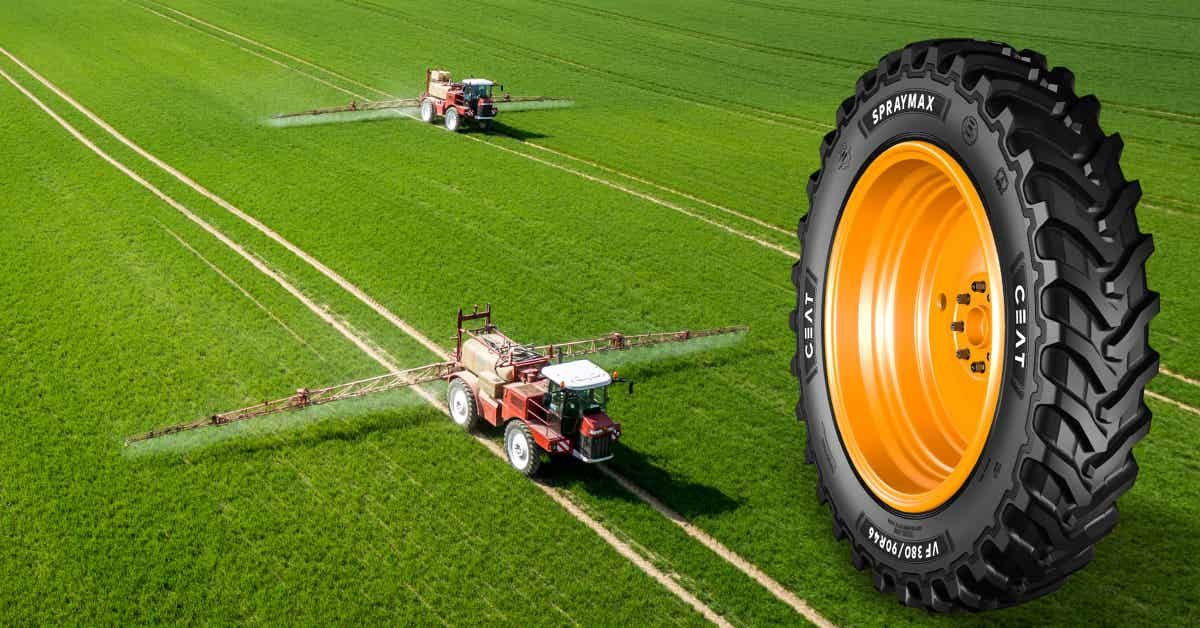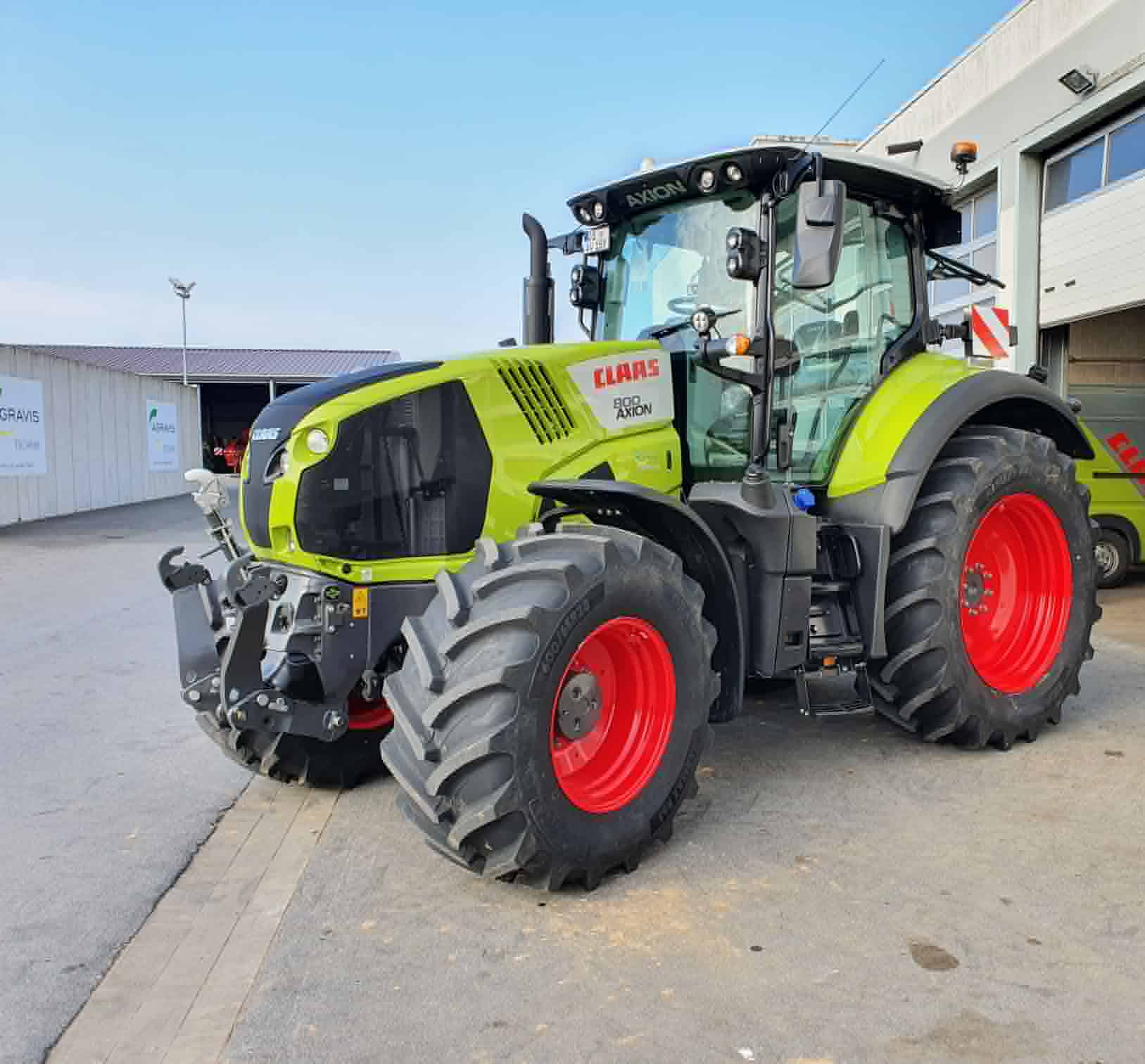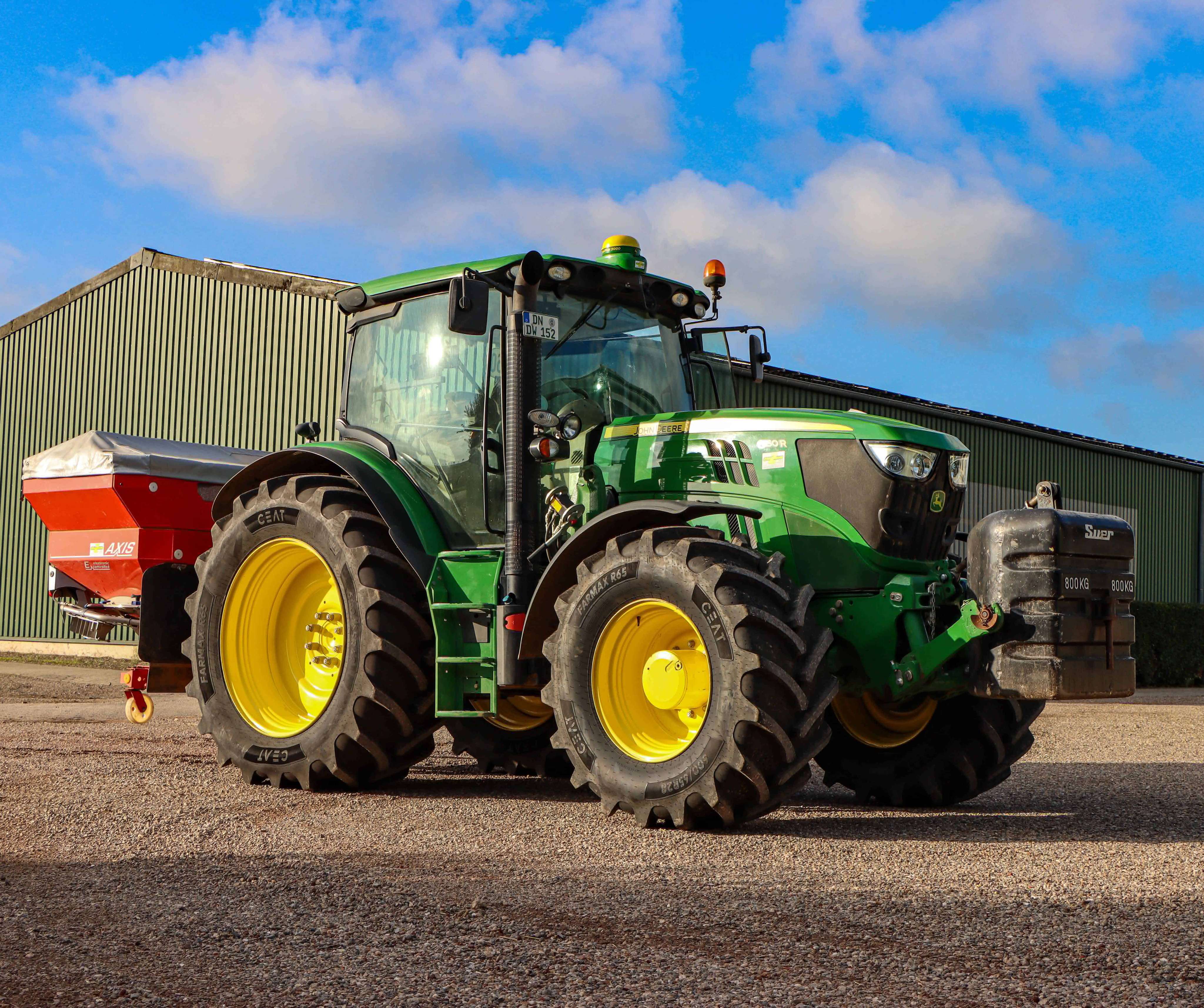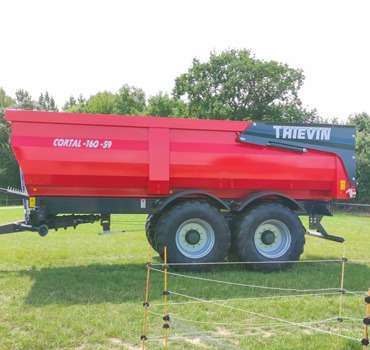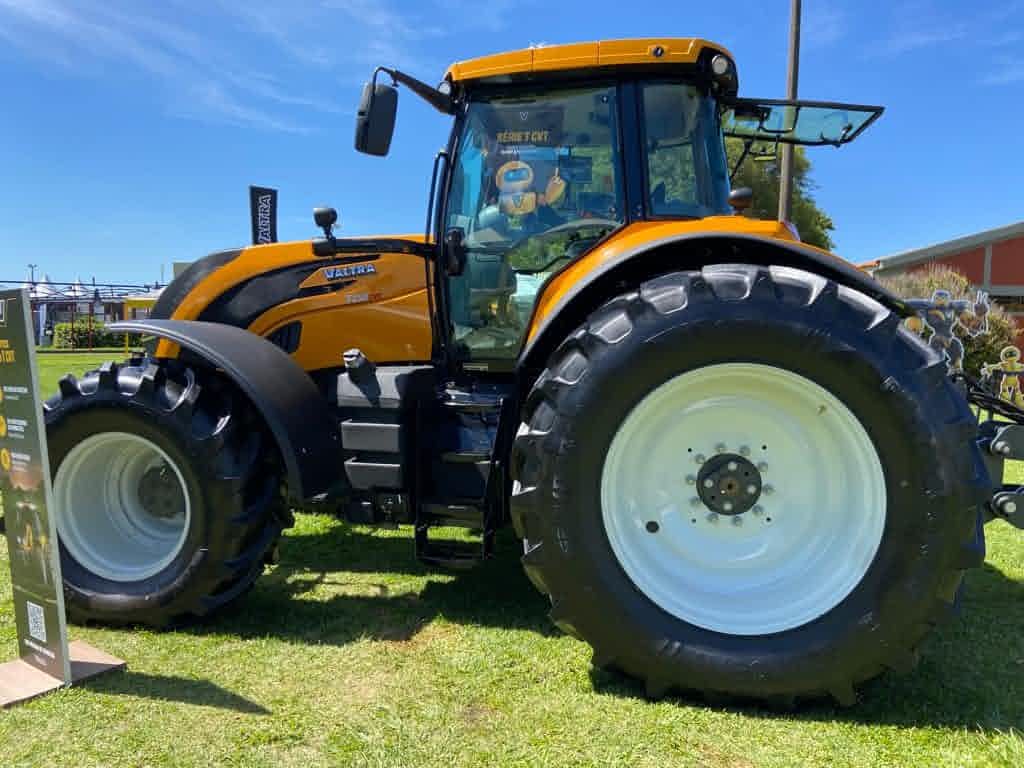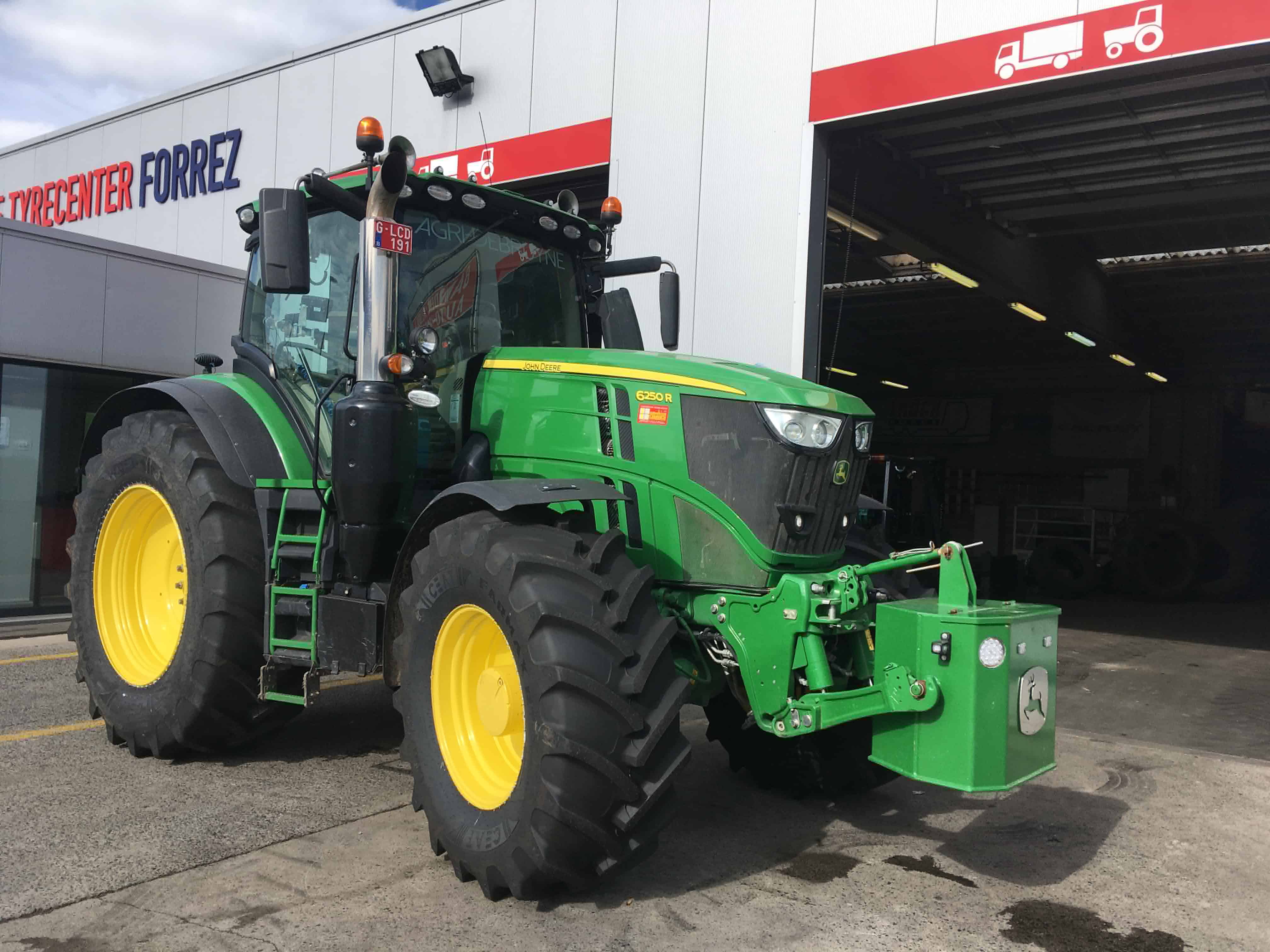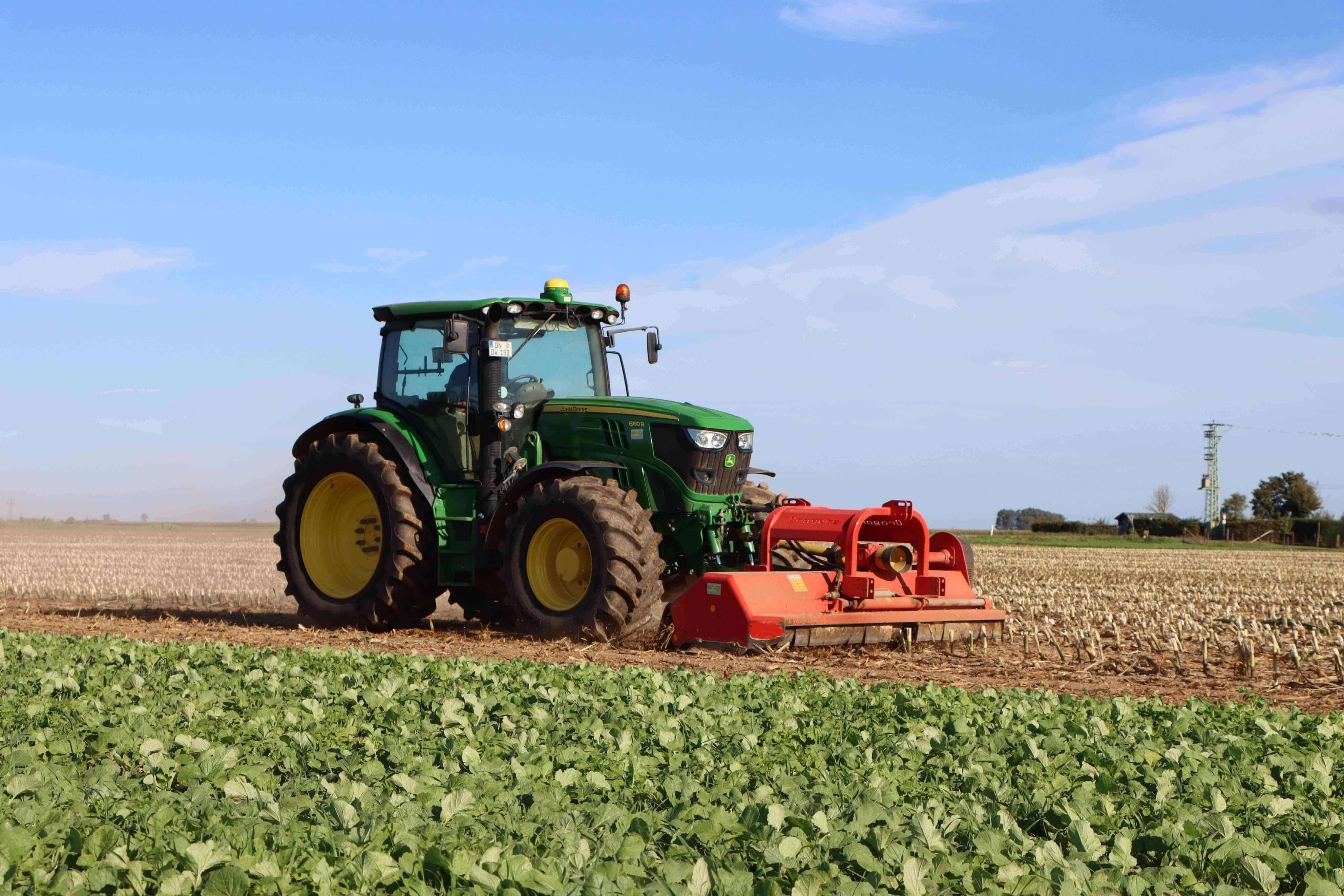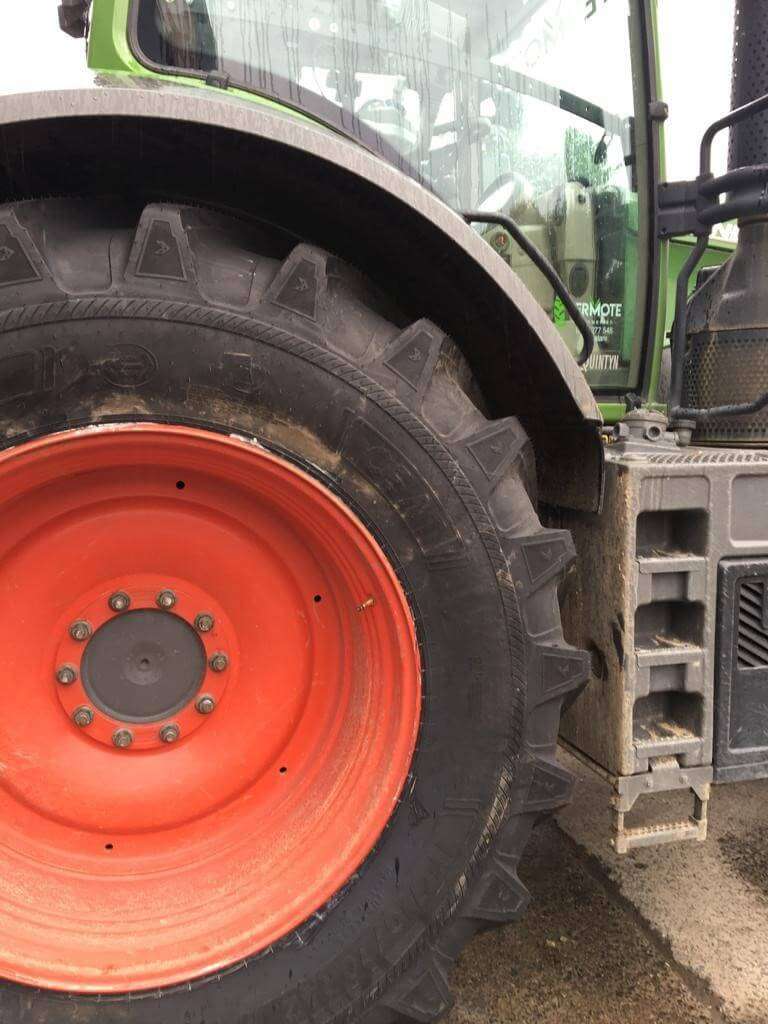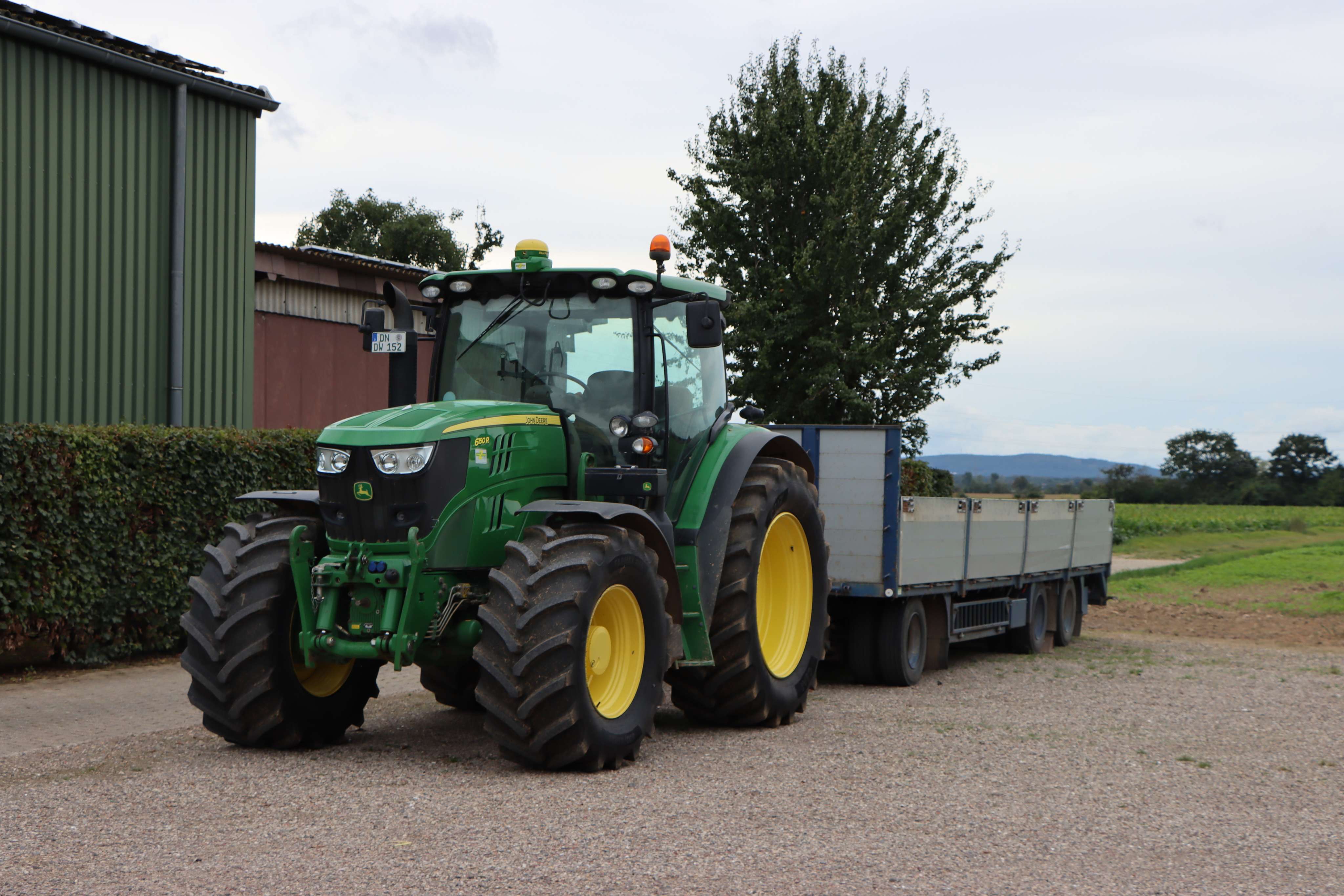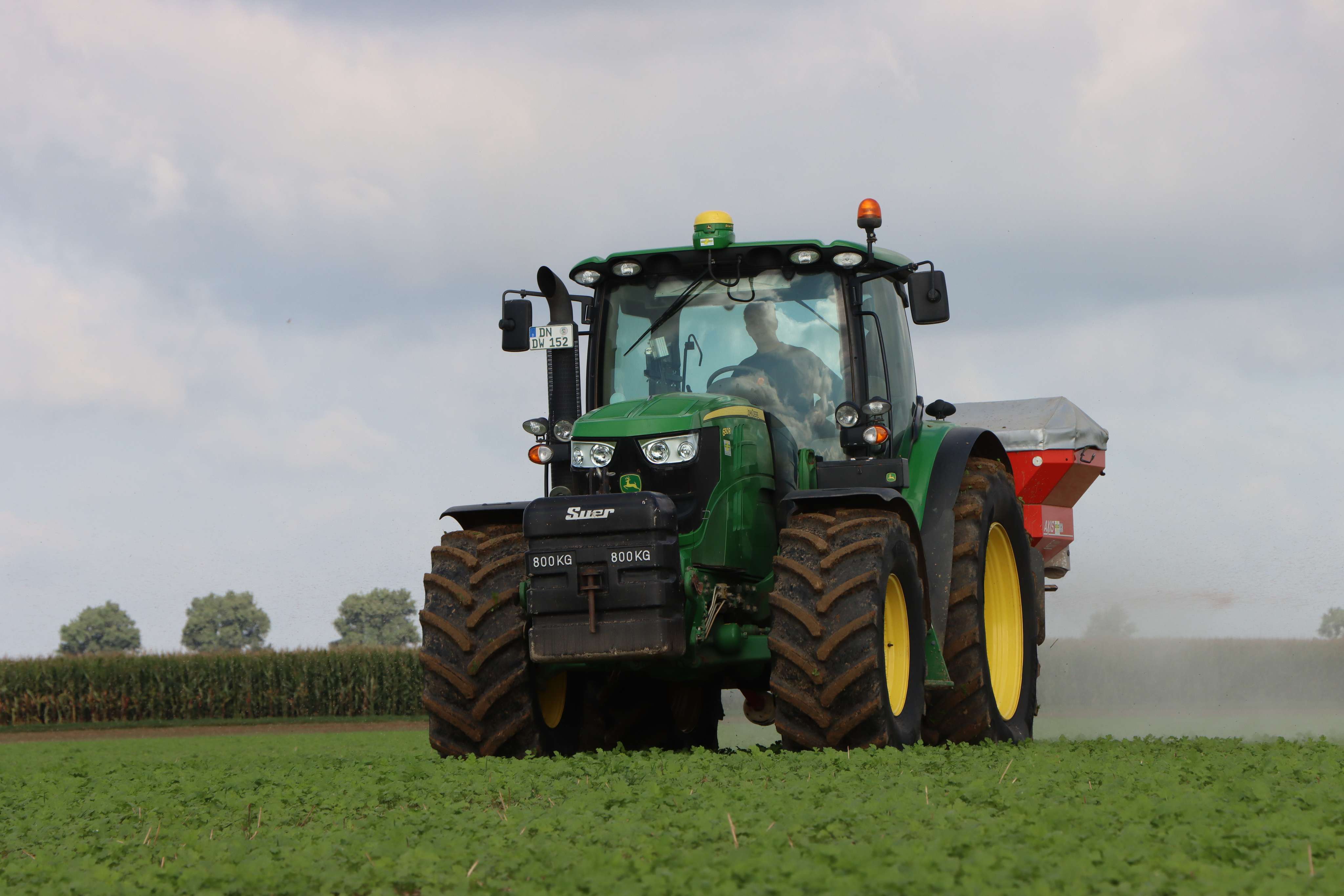ceat-speciality:blogs-tags/all,ceat-speciality:blogs-tags/tyre-care
How to know when your tractor tyres need replacing
Thu, 17 Feb 2022 | PRODUCTS
Worn-out tractor tyres can be unproductive at best and dangerous at worst. So how should you judge when it’s time to make those internet searches for ‘tractor tyres for sale’ and ‘tractor tyres near me’, and begin studying tractor tyre price lists?
How can you tell when your tractor needs a new set of tyres – either on one axle or both? It may seem an obvious question, but it can be quite hard to make a judgement call on when to decide that investment in replacements is necessary. There are a few things, though, that you can use as guidelines.
1. Tread depth
The apparent indicator in terms of replacement requirement is tractor tyre tread depth. Unlike road vehicle tyre tread, where there is a legal minimum depth requirement, no such regulations exist for tractor tyres. However, for several reasons,the worn tread will mean your tractor tyres require replacing. The first and most obvious is a lack of grip in the field. Whatever the power of your tractor, it cannot perform optimally if it cannot grip the ground effectively. Once the tread bars of a tractor tyre have less than 10% of their original height remaining, their efficacy will be greatly reduced. Make a regular observation and check tread depth to ensure you order new tractor tyres in plenty of time before the tractor is expected to perform high-traction work such as primary cultivations. Another check worth making is monitoring the wheelslip of your tractor’s tyres during high-draft work such as ploughing and subsoiling. High slippage rates indicate that it is time to consider tractor tyre replacement.
2. Sidewall damage
Tractor tyre sidewalls can become damaged for many reasons, from on-highway causes such as kerb abrasions to in-work damage from stones in heavy soils when, for example, ploughing in the furrow. While damage is uncommon as the tractor tyre sidewalls do not come under direct load, the sidewalls are potentially the weakest areas of the tractor tyre. If they become damaged – a tear or a split – there is a greatlyincreased risk that the tractor tyre could explode if the weakness becomes significant. For this reason, tractor tyres should be replaced as a matter of course if they suffer considerable sidewall damage, even if – unfortunately – there is a great deal of tread remaining on the circumference of the tractor tyre. Safety must come first.
3. Uneven wear
Uneven wear of a tractor’s tyres can occur particularly on smaller front tractor tyres due to the extra attrition from steering on hard surfaces and the potential for the tracking/toe-in of the steering wheels to be forced out of alignment. For this reason, regularly check the toe-in of your tractor’s front wheels and adjust as necessary according to the operator’s manual. It may be possible to even out the wear of front tractor tyres that have become unevenly worn from an incorrect toe-in angle by swapping the front tractor tyres over.
Follow this trio of tips as a set of guidelines that will help you judge when your tractor tyres need replacing and you need to begin searches for ‘tractor tyres for sale’ and ‘tractor tyres near me’, and studying tractor tyre price lists. Remember that, unless one tractor tyre is damaged and the pair across the axle is less than 50% worn, you should replace the tractor tyres across the axle at the same time with tractor tyres of the same make, type and size.

